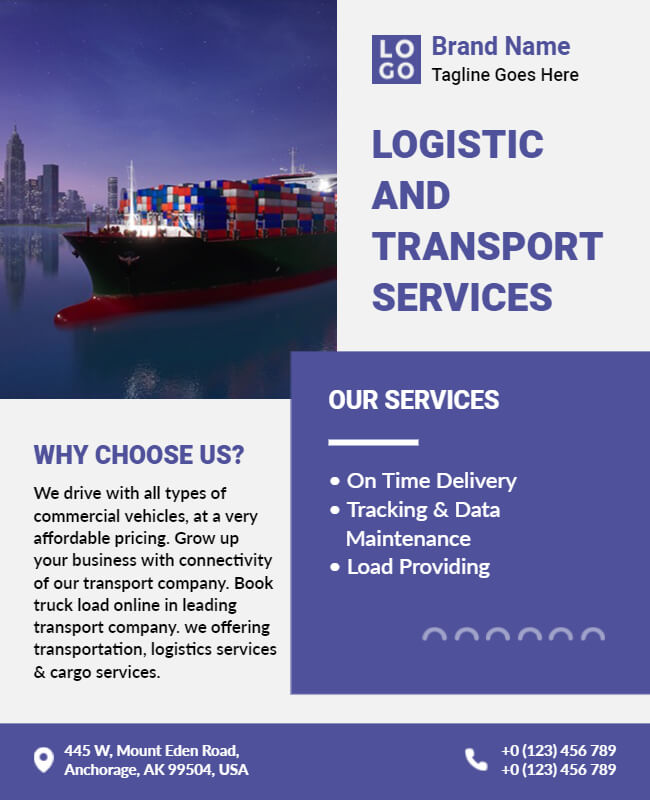Transit Advertising Philippines: An Ingenious Method to Promote
Transit Advertising Philippines: An Ingenious Method to Promote
Blog Article
Discovering the Effect and Performance of Transit Advertising And Marketing in Urban Advertising Strategies
Transportation advertising and marketing has actually become a substantial component of metropolitan marketing methods, capitalizing on the one-of-a-kind characteristics of mass transit atmospheres. Its ability to get to a varied and broad target market provides brand names with a possibility to produce significant links through constant presence. Nevertheless, with the rapid evolution of technology and changing consumer habits, the landscape of transportation advertising is going through significant changes that merit closer assessment. What effects do these fads hold for marketing professionals looking for to harness the complete potential of this medium?
The Rise of Transit Advertising
As city populaces remain to swell, the need for ingenious marketing options has resulted in the rise of transit advertising as a crucial part of urban marketing approaches. This kind of advertising and marketing leverages public transport systems-- such as trains, buses, and trains-- to reach a diverse audience in largely inhabited areas. The effectiveness of transportation advertising hinges on its capacity to involve consumers throughout their everyday commutes, an usually forgotten yet important time for brand messaging.
With cities becoming significantly busy, traditional advertising and marketing areas are becoming limited and less reliable. Transit advertising and marketing uses a dynamic option, enabling brand names to showcase their messages in high-traffic locations where potential customers are regularly revealed to the ads. In addition, as metropolitan homeowners progressively rely on public transport, the relevance and exposure of transit advertising have actually expanded substantially.
Moreover, technological innovations have boosted the refinement of transportation advertising and marketing, enabling electronic displays and interactive campaigns that can record consumer attention a lot more effectively than static advertisements. Consequently, transit marketing is not just an affordable choice yet also a necessary strategy for brands seeking to attach with city consumers in an impactful and unforgettable manner.
Secret Advantages of Transportation Advertising And Marketing
The performance of transit advertising is underscored by its multifaceted benefits, making it a very useful device for city marketers. One of the primary benefits is its considerable reach; transportation systems offer numerous travelers daily, enabling brands to connect with a diverse target market in high-traffic settings. This exposure improves brand awareness, ensuring that promotions are seen repetitively by travelers.

Additionally, transportation marketing is affordable contrasted to other media, supplying a lower price per perception while maintaining high exposure. The flexibility of ad formats, from bus covers to electronic screens, enables innovative and impactful campaigns that can adjust to changing market requirements.
Consumer Behavior Insights
A substantial portion of customer actions is influenced by the prevalent nature of transit marketing in city settings. This form of advertising catches the attention of varied demographics, involving consumers during their day-to-day commutes. As individuals navigate busy cityscapes, they run into transportation ads in different layouts, consisting of bus wraps, train posters, and electronic displays. The strategic placement of these advertisements optimizes visibility, consequently see page boosting brand name recall.
Research study shows that transportation advertising and marketing can stimulate psychological responses, leading to enhanced brand affinity. Consumers typically connect the experience of commuting with certain brands, producing an enduring perception that affects buying choices. In addition, the regularity of direct exposure to transportation ads promotes click now experience, which is an important aspect in consumer count on and loyalty.

In addition, the public facet of public transport adds to this phenomenon; as individuals share rooms, they are a lot more likely to talk about and recommend brand names they encounter. Hence, transportation advertising not just gets to consumers but additionally boosts social communications that reinforce brand messaging. Recognizing these behavior insights allows marketing experts to customize their strategies successfully, guaranteeing that their projects resonate with target market in the metropolitan landscape.
Case Studies and Success Stories
Effective implementation of transportation marketing strategies is exhibited through numerous study that highlight its efficiency in city advertising. One notable instance is the collaboration between a popular beverage firm and a major city's public transportation system. The campaign used bus covers and interior posters, causing a 30% increase in brand name recognition and a 15% increase in sales within the target group over three months.
An additional successful case involved a regional dining establishment chain that employed train station advertising and marketing to attract travelers. By developing visually striking ads that supplied timed promotions, the dining establishment experienced an uptick in foot traffic, with an excellent 25% rise in lunch hour patrons.
Moreover, a city's tourist board released a transit campaign showcasing regional destinations via bus stop screens and train advertisements. The initiative resulted in a considerable increase in visitor check outs, as reported by a 40% boost in questions at visitor facilities.
These instance studies underscore the versatility and capacity of transportation advertising and marketing to involve city target markets effectively, demonstrating that tactical placements can generate view publisher site considerable rois and improve brand name exposure in busy urban environments. - Transit Advertising Philippines
Future Trends in Transportation Marketing
As city landscapes remain to advance, so also does the world of transportation marketing, which is poised to embrace innovative technologies and techniques. One significant trend is the assimilation of electronic advertising and marketing displays into public transit systems. These vibrant display screens enable real-time updates and targeted material, improving audience engagement. In addition, the fostering of programmatic marketing is expected to gain energy, allowing advertisers to leverage information analytics for more precise target market targeting based upon time, location, and group understandings.
One more emerging fad is the use of augmented truth (AR) and virtual reality (VIRTUAL REALITY) experiences within transit advertising and marketing. These immersive innovations can astound commuters, transforming mundane journeys right into interactive brand experiences. Furthermore, sustainability is ending up being increasingly important; eco-friendly advertising and marketing materials and techniques are likely to get traction, showing the expanding consumer demand for company social responsibility.
Last but not least, the rise of mobile connection will certainly promote greater assimilation between transportation marketing and personal gadgets. Marketers can create seamless cross-channel experiences, enabling immediate interaction and interaction with possible customers. Collectively, these patterns show a transformative future for transit marketing, supplying brand-new avenues for brands to attach with city audiences.
Conclusion
Transit advertising and marketing has actually established itself as a considerable part of city marketing methods, showing substantial efficiency with boosted brand name visibility and consumer interaction. The capability to adjust messages to details demographics, coupled with the innovative usage of innovation, placements transportation advertising as a driving force in contemporary marketing (Transit Advertising Philippines). As urban environments remain to develop, the future of transit advertising promises further developments, ensuring its relevance and impact in shaping consumer perceptions and behaviors in urban landscapes
As urban populaces proceed to swell, the need for cutting-edge advertising solutions has actually led to the surge of transportation marketing as an essential element of urban marketing strategies.A substantial section of customer actions is affected by the prevalent nature of transit advertising in urban environments. Jointly, these fads suggest a transformative future for transit advertising and marketing, supplying brand-new opportunities for brands to attach with metropolitan audiences.
Transportation advertising and marketing has actually established itself as a considerable component of urban advertising and marketing strategies, showing considerable effectiveness via enhanced brand presence and customer interaction. As urban settings continue to advance, the future of transit advertising and marketing guarantees more improvements, ensuring its significance and impact in shaping customer understandings and actions in metropolitan landscapes.
Report this page